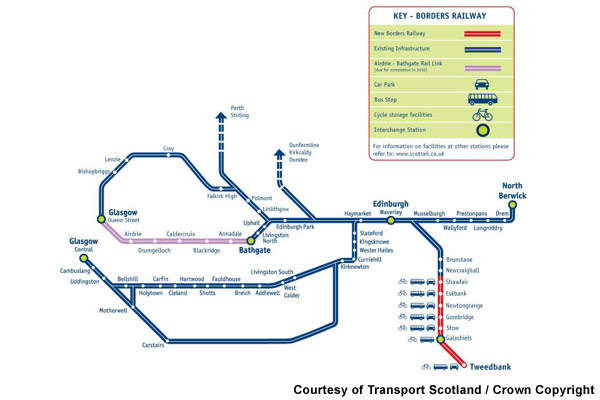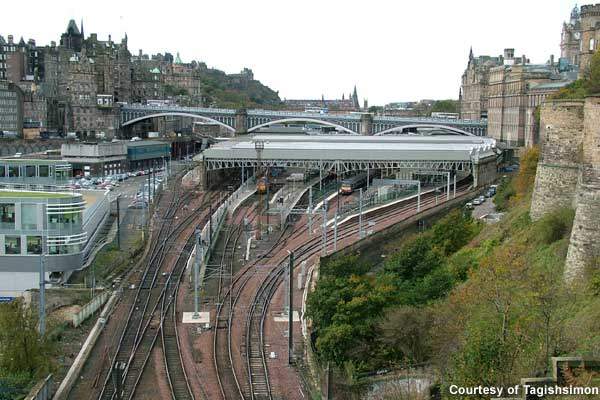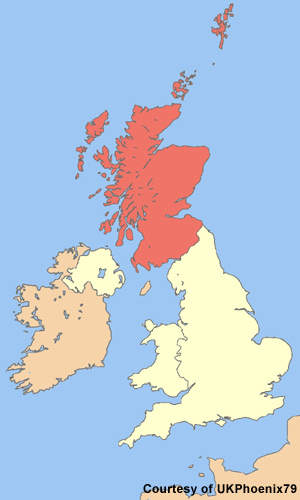Transport Scotland, a Scottish Government agency, is constructing a 49km railway line from Edinburgh Waverley to Tweedbank in the Scottish Borders. Around 50% of the 49km railway line will consist of double tracks. The construction of the new railway line is estimated to cost between £235m and £295m.
Transport Scotland will execute the project in collaboration with local authorities and the rail industry. In addition to Transport Scotland, the City of Edinburgh, Midlothian and Scottish Borders Councils are expected to fund the project. The new railway project is expected to be completed and operational by 2014.
The railway line will be designed, constructed, financed and operated by a newly created non-profit company, which is backed by Transport Scotland.
The contract for the project is anticipated to be awarded towards the end of 2010. The construction of the line is expected to commence in early 2011 and will generate around 200-400 jobs.
The Borders Railway Waverley project is being undertaken by the Scottish Government to improve transport infrastructure in the region. The region has not been linked by a railway line for the past 40 years and this will be the first project taken up since 1969.
The construction of the new railway line will reduce the travel time between Edinburgh Waverley and Tweedbank to less than 55 minutes. It will serve a population of about 200,000 in the region.
In January 2009, questions were raised about the viability of the project by rail campaigners who claimed that the project was overpriced and under researched. The project, when approved initially, was estimated to cost £155m. Rail campaigners felt that the new project would not be beneficial to almost 80% of the population in the Scottish Borders.
The campaigners contended that the huge funds being invested in the project could be used to upgrade local roads. They also felt that the government was acquiring large plots of land for the project that might not be needed.
Scottish Borders railway project
The plan for constructing a new railway line was proposed in 2001 and approved in 2006. In July 2007, the land acquisition for the project began. The clearance of vegetation along the route of the line was started in March 2007.
Scott Wilson Railways, a design and engineering consultancy, was awarded the contract to undertake the engineering aspects of the project in March 2007. The scope of work included line and station design, surveys, maintenance, signalling and earthworks.
Advance works to ease the construction of the railway line began in November 2009. These included diversionary works on Over bridge 41, which is located two miles east of Middleton between Edinburgh and Galashiels; and repair work on several bridges located near the Gala Water. Cowbraehill Bridge was demolished and rebuilt as part of the project.
Construction is expected to provide an alternative to private cars and connect remote areas in the Scottish Borders with Edinburgh. It will also improve economic and housing opportunities in the region.
The project will bring environmental benefits by reducing car journeys by more than 700,000 a year. Over a period of 60 years, the project is expected to reduce carbon dioxide emissions by 435,000t.
Scottish Borders railway line routes
The new railway line will run services every half an hour during peak hours. It will consist of ten stations, including Tweedbank, Galashiels, Stow, Gorebridge, Newtongrange, Eskbank, Shawfair, Newcraighall, Brunstane and Edinburgh Waverley. Seven new stations are being built as part of the project. Regions located away from the stations will be connected to the railway line using local bus services.










